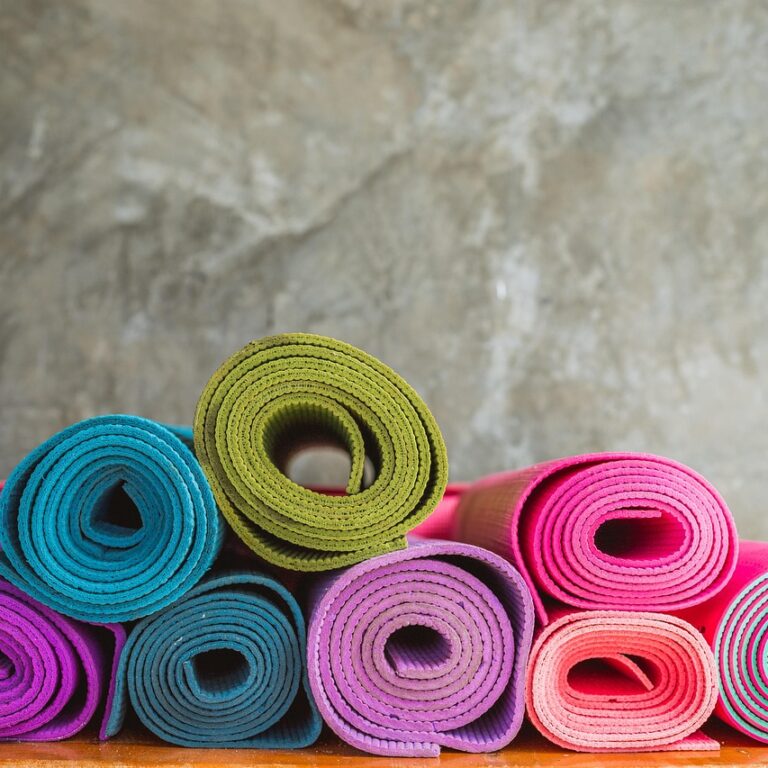Table of Contents
- Introduction
- What is Bodyweight Training?
- What is Weightlifting?
- Benefits of Bodyweight Training
- Benefits of Weightlifting
- Bodyweight vs. Weightlifting: Key Differences
- Which One is Better for Your Fitness Goals?
- How to Combine Both for Maximum Results

When starting a fitness journey, one of the biggest questions is: Bodyweight vs. Weightlifting: Which is Best for You? Both workout styles have unique benefits, and choosing the right one depends on your fitness goals, lifestyle, and preferences.
This article breaks down the pros, cons, and key differences between bodyweight exercises and weightlifting to help you decide which is best for your fitness journey.
What is Bodyweight Training?
Bodyweight training involves using your own weight as resistance instead of external weights. Common exercises include:
✅ Push-ups
✅ Squats
✅ Pull-ups
✅ Planks
✅ Lunges
This training style focuses on functional strength, mobility, and endurance, making it ideal for home workouts and calisthenics enthusiasts.
What is Weightlifting? Bodyweight vs. Weightlifting
Weightlifting, also called resistance training, involves using dumbbells, barbells, kettlebells, or machines to build strength and muscle mass. Common weightlifting exercises include:
🏋️♂️ Bench Press
🏋️♂️ Deadlifts
🏋️♂️ Squats
🏋️♂️ Shoulder Press
🏋️♂️ Bicep Curls
Weightlifting is ideal for progressive overload, meaning you can gradually increase resistance to build muscle mass and strength efficiently.
Benefits of Bodyweight Training
1. No Equipment Needed
Bodyweight exercises require zero equipment, making them ideal for home workouts and travel.
2. Improves Functional Strength
Movements like push-ups, pull-ups, and squats mimic daily activities, improving balance, flexibility, and mobility.
3. Lower Risk of Injury
Since bodyweight exercises use natural movement patterns, they place less strain on joints compared to heavy weightlifting.
4. Builds Endurance and Core Strength
Exercises like planks, lunges, and mountain climbers strengthen the core and improve cardiovascular endurance.
Benefits of Weightlifting
1. Faster Muscle Growth
Lifting external weights allows for progressive overload, leading to faster muscle hypertrophy (growth).
2. Increases Bone Density
Weightlifting strengthens bones, reducing the risk of osteoporosis and fractures, especially as you age.
3. Enhances Metabolism & Fat Loss
Building lean muscle mass increases caloric burn, helping with fat loss and body recomposition.
4. Customizable & Scalable
With weightlifting, you can adjust the load, reps, and intensity to match your fitness level and goals.
Bodyweight vs. Weightlifting: Key Differences
| Factor | Bodyweight Training | Weightlifting |
|---|---|---|
| Equipment | No equipment needed | Requires weights/machines |
| Strength Gains | Moderate | High |
| Fat Loss | Moderate | High (muscle burns fat) |
| Injury Risk | Low | Moderate to high (if done incorrectly) |
| Convenience | Can be done anywhere | Requires a gym/home setup |
| Progression | Harder to progress | Easy to track and increase weights |
Which One is Better for Your Fitness Goals?
Choosing between bodyweight vs. weightlifting depends on your specific fitness goals:
For Fat Loss & Toning
🏆 Winner: Bodyweight & Weightlifting Combination
- HIIT bodyweight workouts are great for burning calories.
- Adding light weights boosts fat-burning potential.
For Building Muscle & Strength
🏆 Winner: Weightlifting
- Lifting heavy weights with progressive overload builds more muscle mass.
- However, advanced bodyweight movements (like one-arm push-ups) can be effective too.
For Mobility & Injury Prevention
🏆 Winner: Bodyweight Training
- Bodyweight exercises improve balance, flexibility, and core strength.
- They place less stress on joints than heavy lifting.
For Convenience & Home Workouts
🏆 Winner: Bodyweight Training
- Requires zero equipment and can be done anywhere.
- Perfect for travelers and home workout enthusiasts.
How to Combine Both for Maximum Results
For the best of both worlds, combine bodyweight and weightlifting into your routine:
🟢 Day 1 (Strength Focus – Weightlifting)
- Deadlifts
- Squats
- Shoulder Press
🟢 Day 2 (Bodyweight & Cardio)
- Push-ups
- Pull-ups
- High-Intensity Interval Training (HIIT)
🟢 Day 3 (Full-Body Strength – Weightlifting)
- Bench Press
- Dumbbell Rows
- Leg Press
🟢 Day 4 (Core & Endurance – Bodyweight)
- Planks
- Jump Squats
- Mountain Climbers
By mixing both training styles, you maximize fat loss, build muscle, and improve endurance for a balanced and strong physique.
So, Bodyweight vs. Weightlifting: Which is Best for You? The truth is both are effective depending on your goals.
🔹 Choose Bodyweight Training if you prefer functional strength, endurance, and convenience.
🔹 Choose Weightlifting if your goal is muscle growth, strength, and structured progression.
🔹 Combine Both for optimal results—stronger muscles, better endurance, and improved overall fitness!
At Power House Gym Team Rocks, we help you find the perfect workout plan based on your fitness level and goals. Join us today and take your training to the next level! 💪🔥




